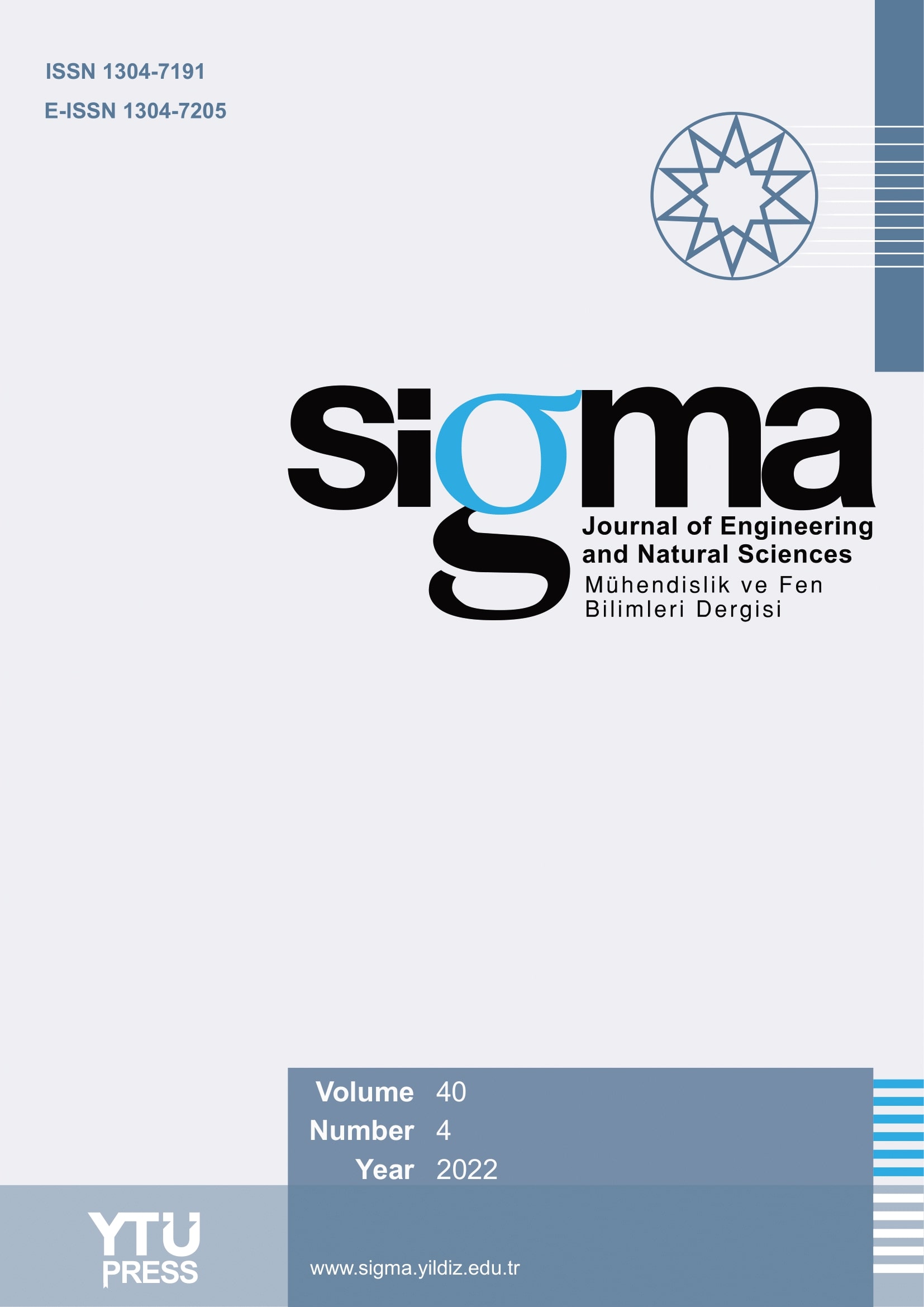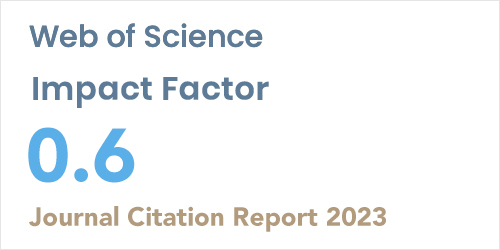2Department of Civil Engineering, Yıldız Technical University, 34220, Türkiye
3Physico-Chemical Laboratory of Inorganic and Organic Materials (LPCMIO), Higher Normal School (E.N.S) Avenue Mohamed Bel Hassan El Ouazzani, Mohammed V University (UM5), Rabat 10000, Morocco
Abstract
This study examines the durability properties of fiber-reinforced geopolymer composites (GCs) incorporating recycled concrete aggregate (RCA) and brick powder (BP). The utilization of industrial by-products, including metakaolin (MK), fly ash (FA), red mud (RM), and slag (GBFS), in conjunction with alkaline activators, permitted the incorporation of three distinct fiber types—steel (SF), polyamide (PAF), and polyethylene (PEF)—at varying ratios (0.25%-1.00%). The resulting composites were subjected to thermal curing at 60°C for 24 hours. The ensuing results demonstrated a notable enhancement in mechanical properties. Adding 1%, PEF resulted in a 25% increase in compressive strength, reaching 46.65 MPa, while incorporating 0.75% PEF led to a 35% enhancement in flexural strength, reaching 8.73 MPa, compared to the control samples. The durability tests indicated that after 180 freeze-thaw cycles, the strength loss for 0.25% SF was reduced to 6.97% compared to a 37.5% loss in controls. High-temperature resistance tests demonstrated that composites retained up to 89% of their compressive strength at 300°C and about 50% at 600°C. The 0.75% PEF series exhibited the most robust performance. Additionally, sulfate resistance was enhanced, with
less than a 10% strength loss after nine months in 10% Mg2SO4 and Na2SO4 solutions. These findings indicate the potential of fiber-reinforced GCs as durable, high-performance materials for sustainable construction. They demonstrate the effective utilization of industrial by-prod-ucts while maintaining structural integrity under challenging environmental conditions.















